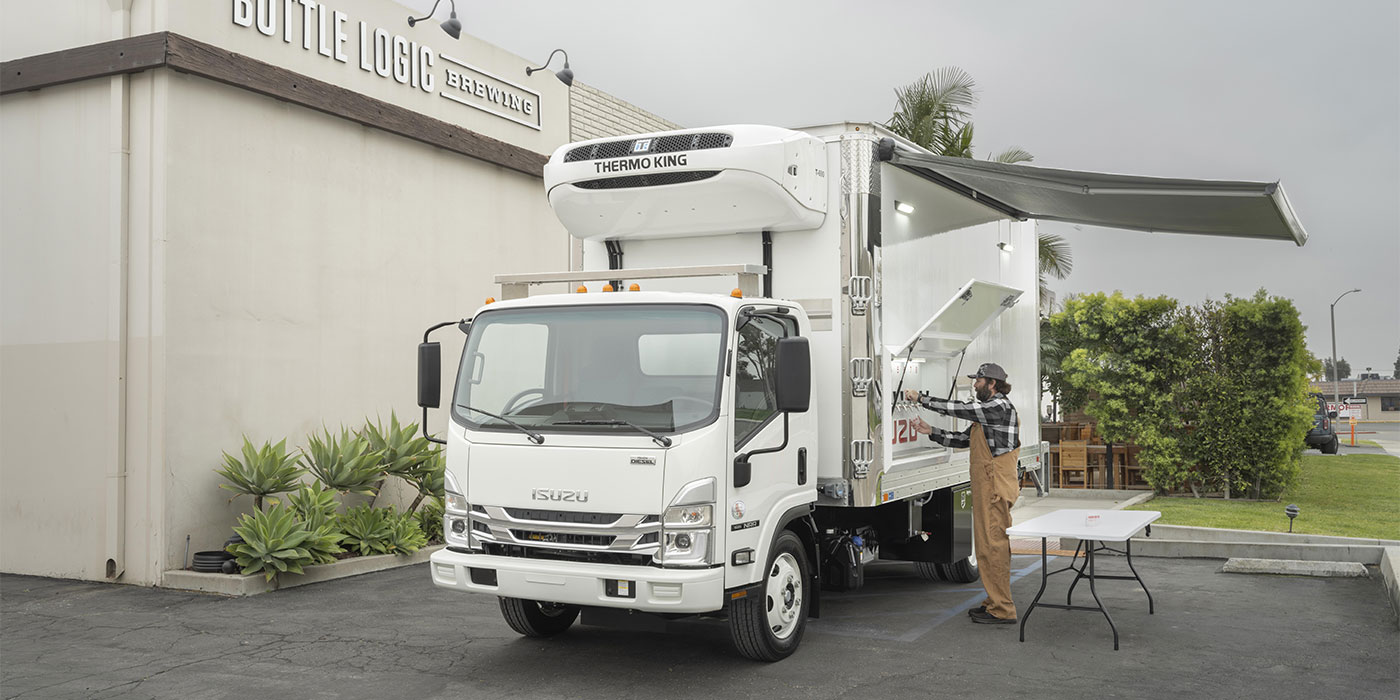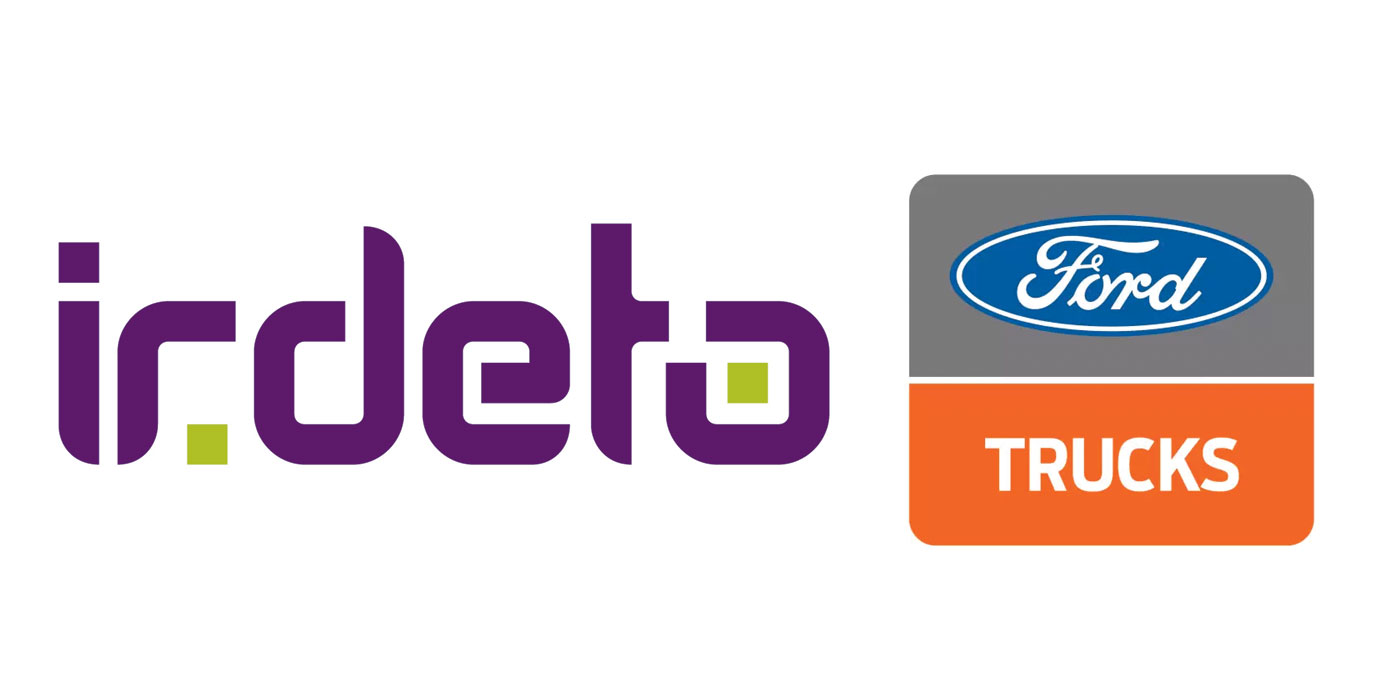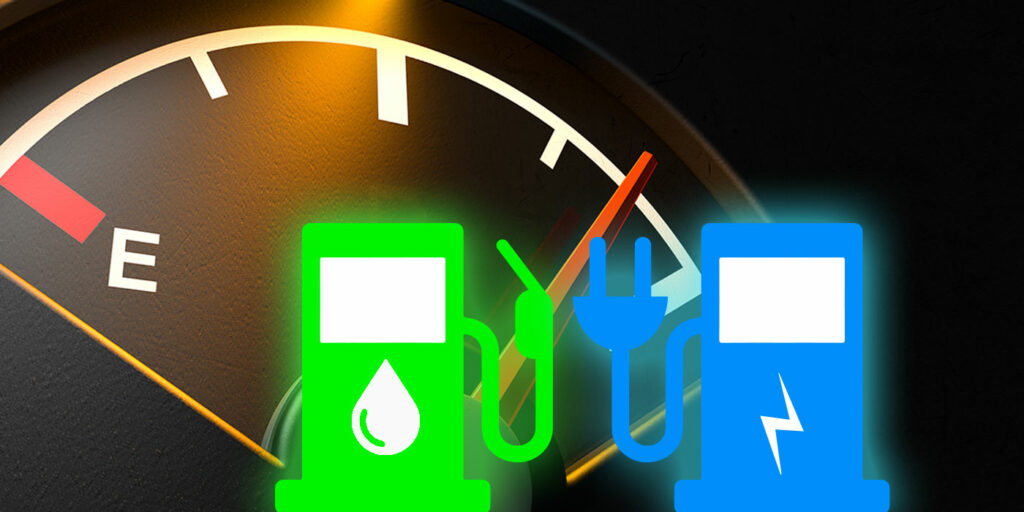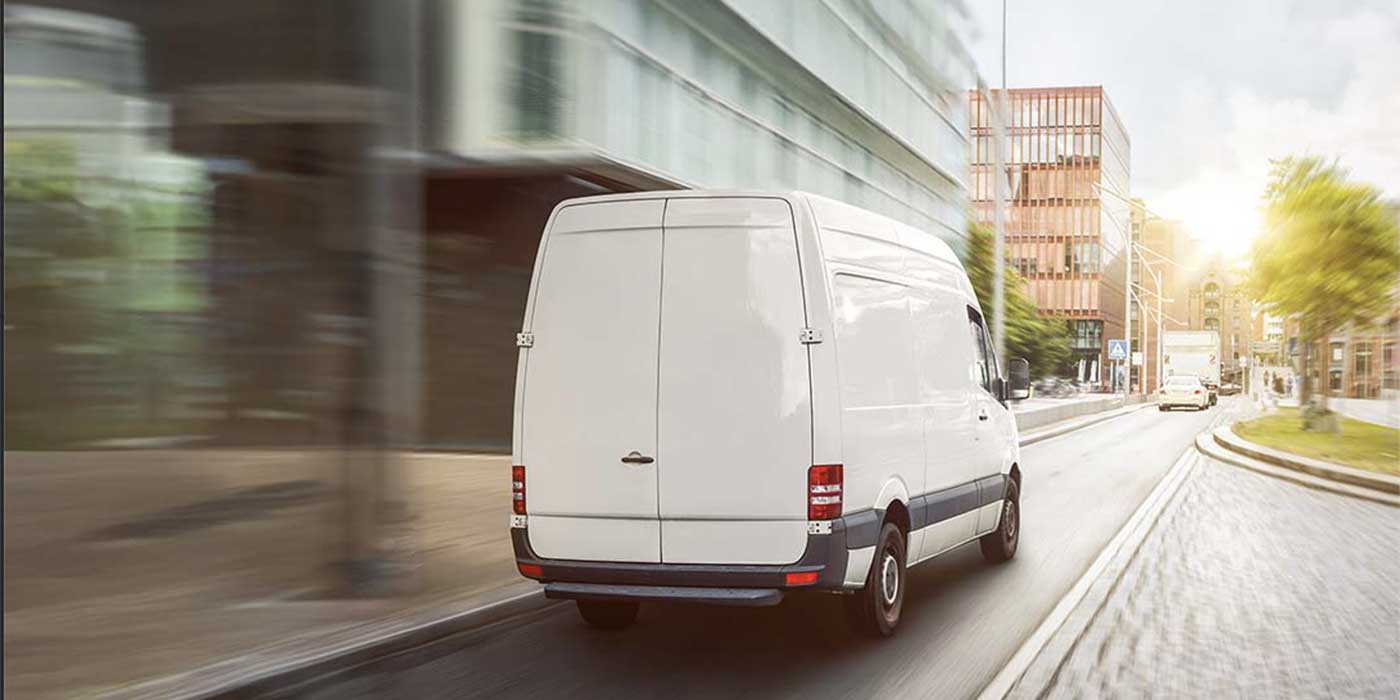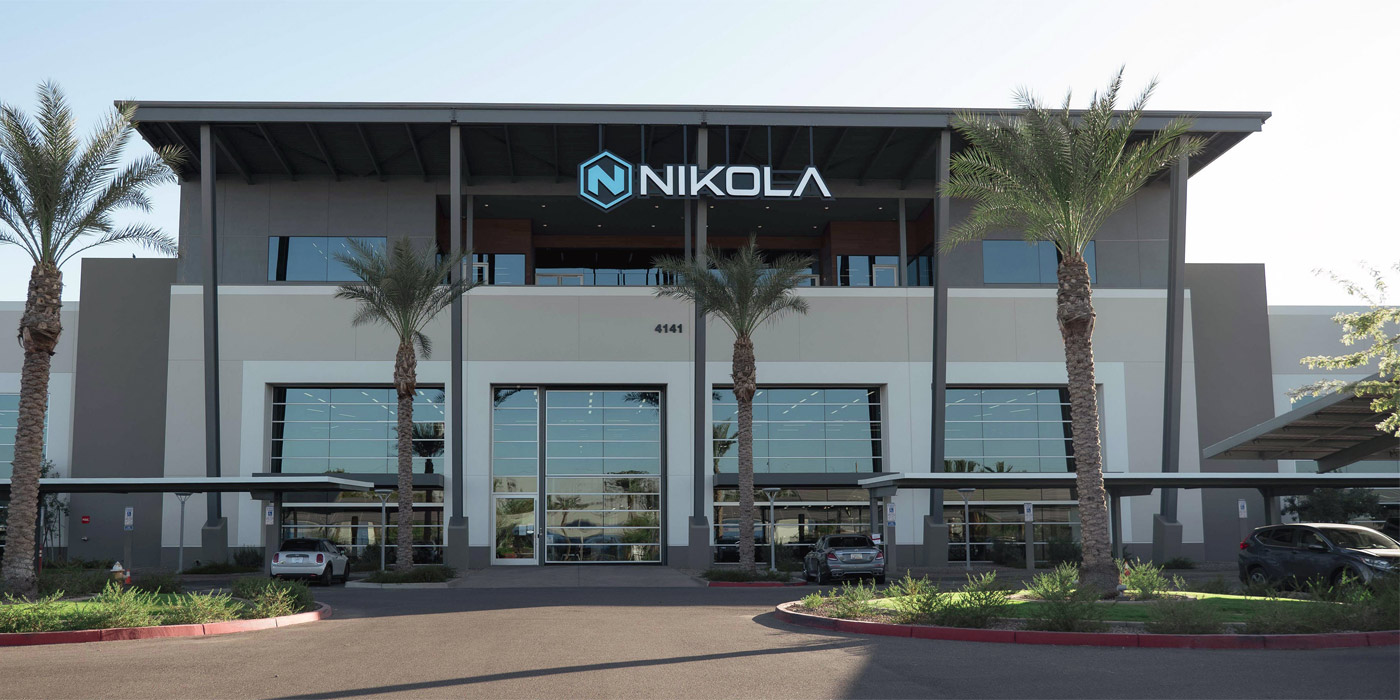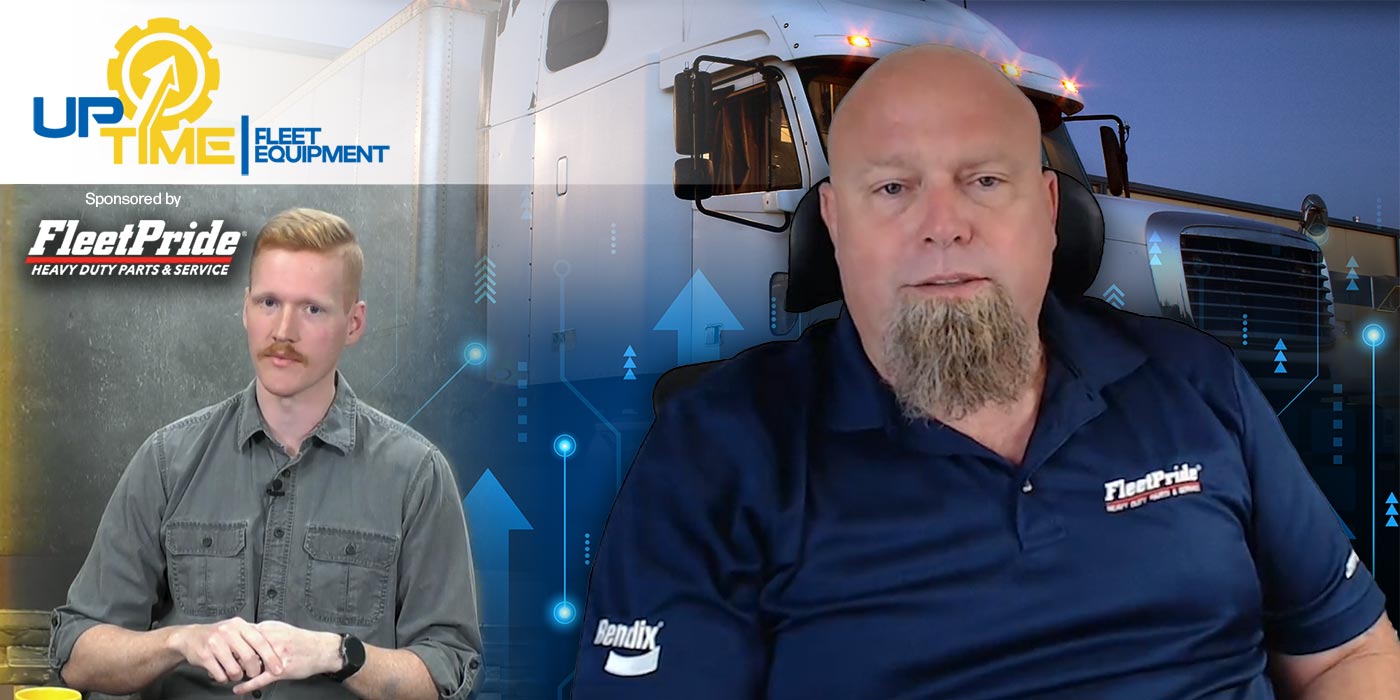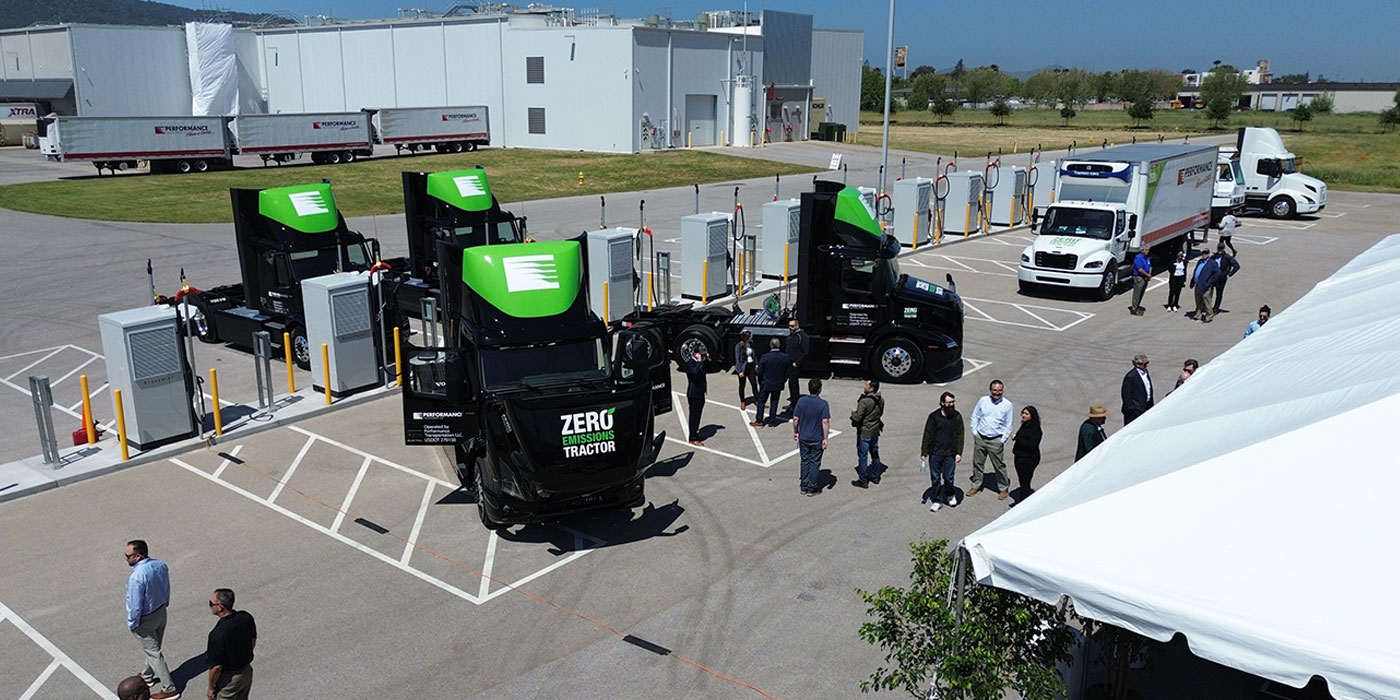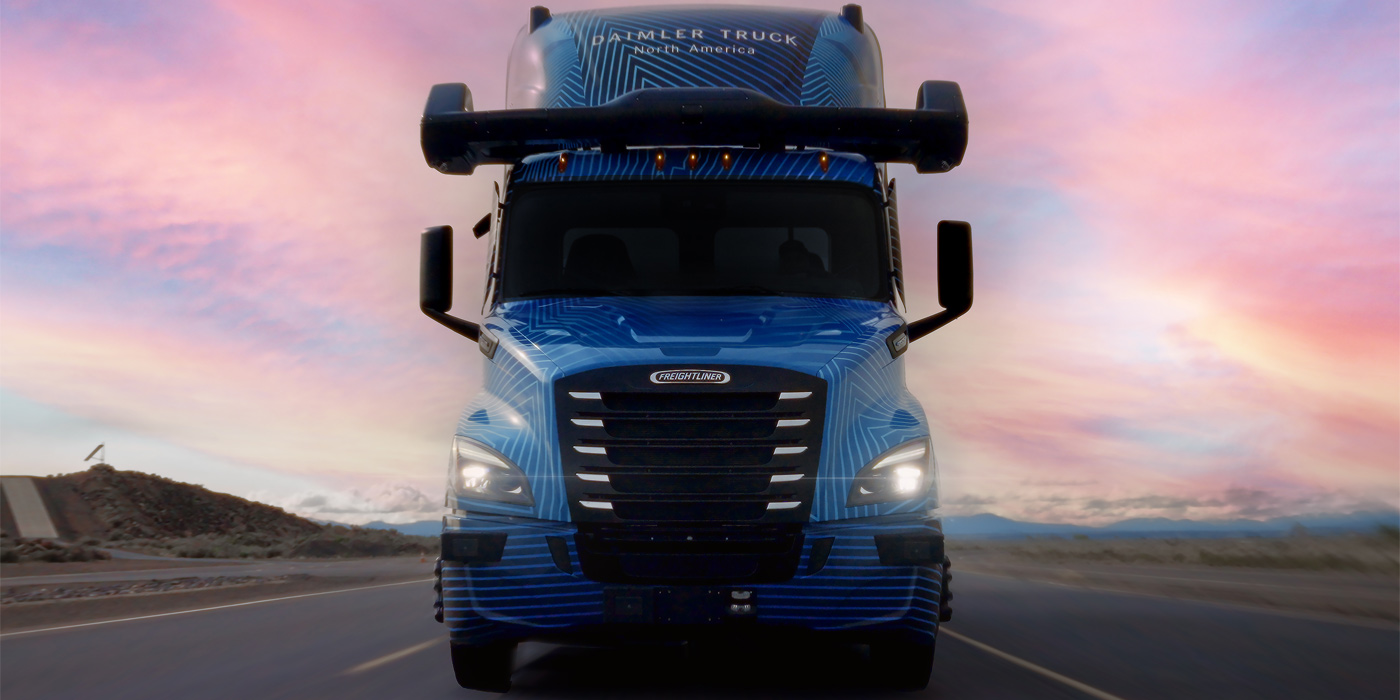There’s a ton of time and energy spent on ensuring that electric vehicles are suited to a particular application, and then far more time and energy spent on developing the right charging infrastructure to support it. But that’s just the beginning. All of that hard work needs a successful deployment for EVs to pay off in commercial applications.
Making the transition presents unique challenges—from the expected “range anxiety” to operational adjustments that differ from diesel trucks. Joe Jenkins, zero emissions customer onboarding manager at International Trucks and I.C. Bus, noted that that fleets can find a suitable role for EVs within their operations, provided that they plan effectively. Understanding the vehicle’s range and matching it to specific fleet needs is crucial in overcoming apprehensions and optimizing usage.
While the EV Fleet Road Map podcast has talked a lot about installing charging infrastructure, Jenkins discussed strategies surrounding when and where to charge, including planning for charging stations at a central hub or across multiple locations, depending on fleet requirements.
“When and where to charge is the biggest leader into success,” he said. “That means planning where you’re going to charge, depending on your fleet usage. Some customers may have a single point for charging—where the vehicle only comes back to that place every day. Then we have customers that may want to charge at their delivery locations as well. All of that is part of the strategy to success for zero emissions vehicles.”
Training for drivers and fleet managers is another critical component. Effective use of regenerative braking systems, understanding pre-trip inspection differences, and high-voltage safety are among the key areas covered in training sessions. Such education ensures that drivers can operate EVs efficiently and safely, while fleet managers are equipped to maintain and manage these vehicles effectively.
Post-delivery, the focus shifts to monitoring and improving vehicle efficiency. Jenkins describes conducting 45-day reviews with customers to analyze efficiency data, comparing performance across different conditions and drivers.
“We will pull an efficiency report that details charge sessions and how many miles they’re driving in between,” Jenkins explained. “We can even pull a report by temperature to show the customer the vehicle’s efficiency from cold weather to warm weather. We can pull a report that looks at one driver to the next to help them along the path of retraining their drivers so that everybody’s getting the same efficiency out of their bus or their truck.”
Watch the video above for more on what makes a successful EV deployment.
Following the EV Fleet Road Map
Catch up on past podcasts by clicking below.

